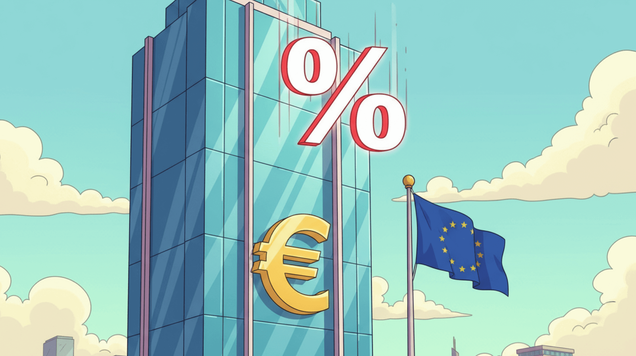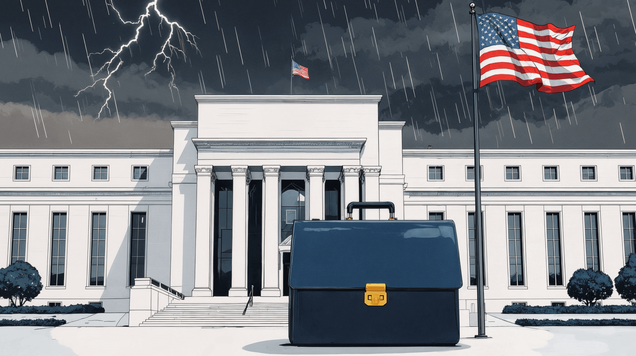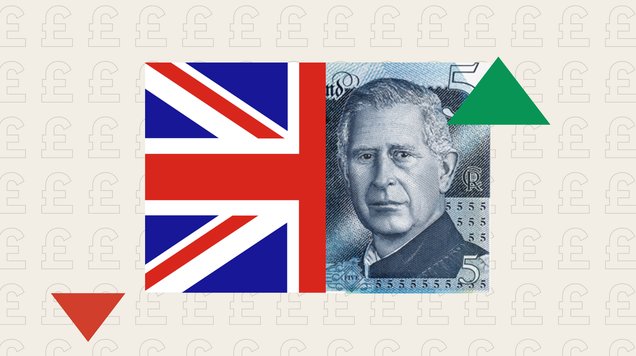Crypto Q4 2025 Outlook

Bitcoin’s Uptober sets the stage for promising Q4
The cryptocurrency market enters Q4 2025 with strong momentum. Bitcoin is trading above $113,000, backed by ETF inflows, corporate adoption and seasonal trends. Altcoins are also in focus, with potential US ETF approvals and growing tokenisation of real-world assets drawing investor interest.
Bitcoin builds momentum into Q4
Bitcoin is entering “Uptober” and the final quarter of 2025 with strong momentum, trading around $113,000 with year-to-date gains of 21.2%. Seasonal trends are supportive: October has historically delivered average returns of about 22.5%, with Q4 often accounting for as much as 60% of annual gains.
Spot BTC ETFs are drawing about $518 million in daily net inflows, highlighting investor confidence and expanding liquidity. Corporate adoption is also growing, with firms such as MicroStrategy and Metaplanet using Bitcoin treasuries to open access to investors who cannot hold BTC directly. These trends strengthen Bitcoin’s role as a hedge against currency weakness, especially given persistent US deficits and fiscal dominance.
As of 30 September, 176 companies have adopted a Bitcoin treasury strategy, collectively holding 1,033,866 BTC valued at about $117 billion.
On the final day of Q3, Tether purchased 8,888.889 BTC worth $1 billion, bringing its total holdings to an estimated $10 billion. The move adds to the positive institutional sentiment around Bitcoin.
With seasonality and Bitcoin’s four-year cycle in play, where it typically rises for three years and falls in the fourth, sentiment points to a potential 40–60% rally in Q4. That would put Bitcoin in the $158,000 to $180,000 range by year-end.
Alt season builds as ETFs get the green light
The long-anticipated alt season, when altcoins generally outperform Bitcoin, looks increasingly likely to begin in Q4 and possibly accelerate in the first half of 2026. Alt season is defined as a period when 75% of the top 100 coins outperform Bitcoin over the past 90 days. Stablecoins such as USDT and USDC, along with asset-backed tokens like WBTC, stETH and cLINK, are excluded from this measure.
Bitcoin’s share of the crypto market has dropped from mid-year highs as investors move into riskier altcoins, including Layer-1 projects and application tokens. Trading volumes are climbing, and the altcoin market cap, excluding Bitcoin and stablecoins, is now close to a record $1.5 trillion, showing a clear shift of capital into non-Bitcoin assets.
Regulatory momentum in the United States is reshaping the ETF landscape, with new products set to give investors direct exposure to altcoins rather than just Bitcoin and Ether. This could mark a turning point for the wider crypto ecosystem.
There are 16 spot altcoin ETFs currently awaiting approval by the Securities and Exchange Commission (SEC), with decisions due throughout October 2025. They cover major tokens such as Solana (SOL), XRP, Litecoin (LTC), Dogecoin (DOGE), Cardano (ADA) and Hedera Hashgraph (HBAR). The first ruling, on Canary’s Litecoin ETF, is scheduled for 2 October, followed by Grayscale’s Solana and Litecoin conversions on 10 October and WisdomTree’s XRP ETF on 24 October.
New SEC Chair Paul Atkins has made crypto regulation his top priority, launching “Project Crypto” to modernise securities rules and support blockchain innovation. His goal is to establish clear rules on issuance, custody and trading, positioning the US as a global hub for digital assets. The SEC’s stance has shifted from restrictive enforcement to one that aims to encourage innovation through tailored regulation.
If ETF approvals coincide with an alt season and growing tokenisation of real-world assets, the result could be a strong bull run. But uncertainties remain: Bitcoin still dominates the market, the ETFs are not yet approved, and US fiscal risks could delay Fed easing if a government shutdown disrupts economic data.
Tokenising real assets picks up
Tokenisation of real-world assets (RWA) means converting things like stocks, real estate, bonds and commodities into digital tokens that can be traded on blockchain networks. The concept is attracting exchanges, investors and major financial institutions by offering easier access, more liquidity and smoother trading.
RWA tokenisation is projected to grow at a compound annual rate of 43.4%, reaching $5.25 trillion by 2029. With SEC backing, firms such as BlackRock, Fidelity, Apollo and Blockchain Capital are launching tokenised funds. The Genius Act has also clarified rules on stablecoins, encouraging greater institutional involvement. Major banks including JPMorgan, Goldman Sachs and BNY Mellon are embedding blockchain into their infrastructure to advance tokenisation.
Leading this shift is BlackRock’s BUIDL fund, with $2.88 billion in value locked. It offers on-chain access to US Treasuries via Ethereum, showing how traditional assets are beginning to move onto blockchain at scale.
ETF approvals could spark the next big bull run across crypto markets









